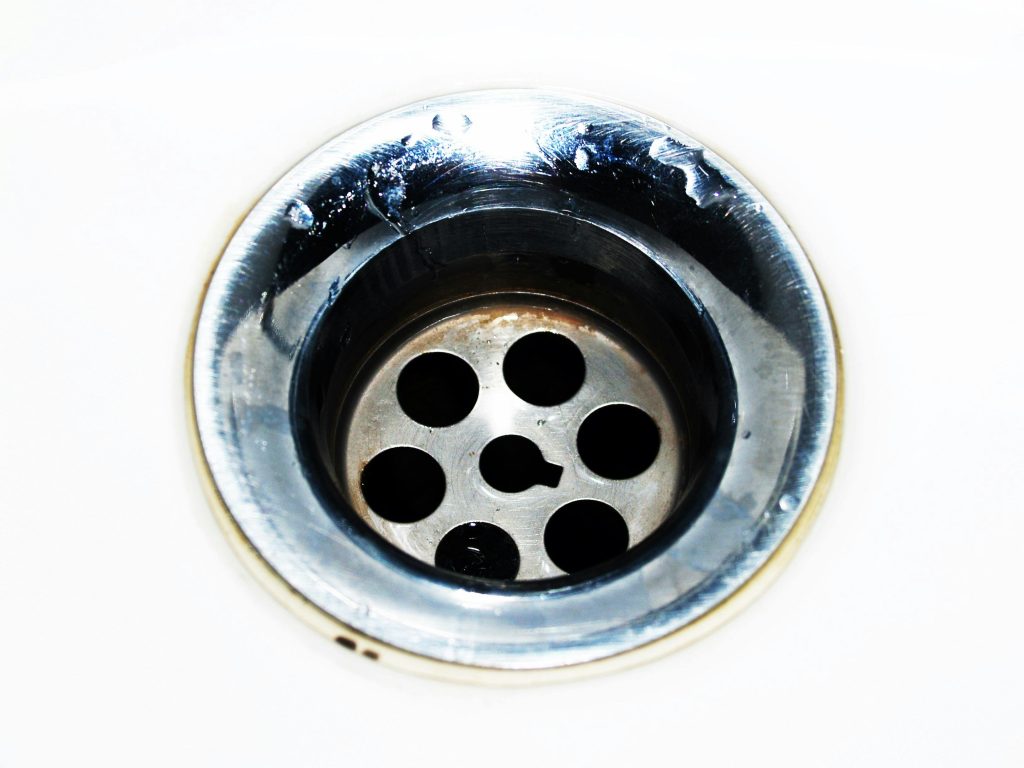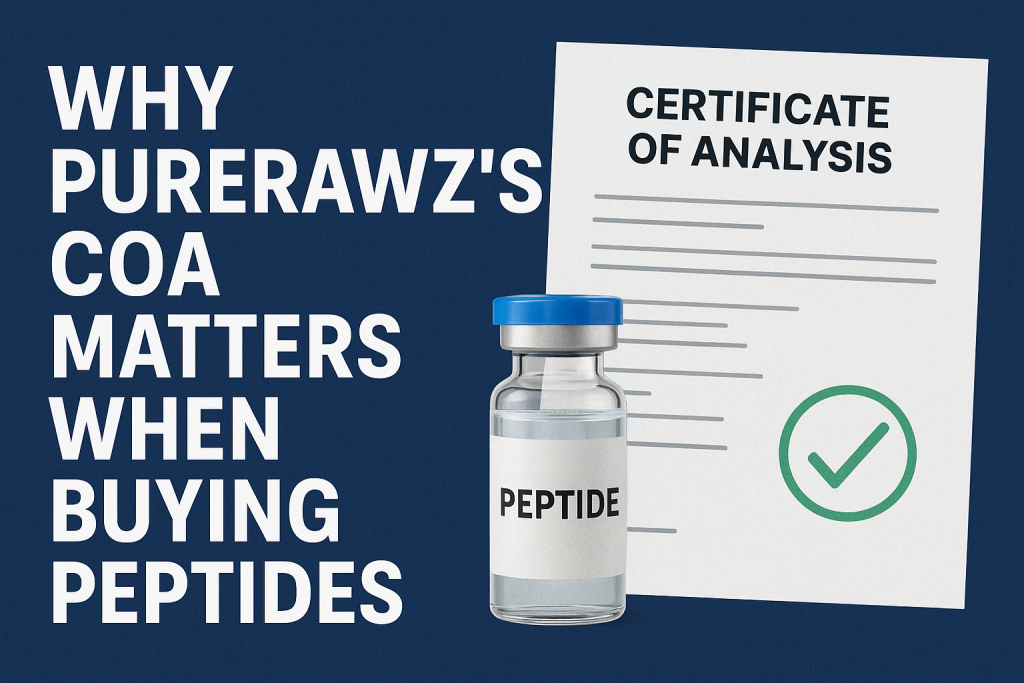High-profile recovery doesn’t have to mean headlines. Destination rehabs promise privacy, ocean views, and chef-led menus, but the ethical benchmark is simple: do people get better, safely, and sustainably? Here’s a clear, hype-free guide to weighing luxury against clinical integrity so you can choose with confidence.
What “Destination Rehab” Should Mean
A destination facility swaps daily triggers for restorative surroundings and white-glove service. That environment helps engagement, but scenery is not treatment. An ethical program prioritizes medical safety, evidence-based care, and aftercare planning—then layers comfort on top. Think: licensed clinicians first, then the lap pool.
The Three Pillars: Luxury, Safety, Results
Luxury: Tools for comfort, not distractions
Amenities are valuable when they support adherence. Private rooms protect rest. Spa hydrotherapy eases sore muscles in early recovery. Mindful menus stabilize blood sugar and mood. The test: if an amenity vanished tomorrow, would outcomes suffer? If not, it’s garnish.
Safety: Non-negotiable clinical standards
24/7 medical coverage during detox, clear emergency protocols, and appropriate monitoring are table stakes. Verify whether the program follows clinical practice guidelines for substance use disorders and can escalate care if needed. Safety also includes data privacy and secure logistics for high-visibility guests. Review how the facility interprets HIPAA privacy rules for celebrities and executives.
Results: Evidence beats aesthetics
Look for modalities with research behind them: CBT, DBT, motivational interviewing, trauma-informed therapies, and when appropriate, medication-assisted treatment. Ask how outcomes are measured beyond graduation photos. Valid metrics include abstinence or reduction at 6–12 months, quality-of-life scores, and return-to-function benchmarks.
How to Vet a High-End Program in Minutes

- Licensure and accreditation: Confirm state licensure and independent accreditation. Request documentation.
- Medical leadership: Who is the medical director? Board certifications? Time on site per week?
- Care levels offered: Can the facility deliver the right intensity now and step you down appropriately? Cross-check against the ASAM levels of care.
- Staffing ratios: Ask for daytime and overnight clinician-to-client ratios.
- Scope of practice: What conditions are treated in-house versus referred out? Dual-diagnosis needs to be explicit.
- Outcomes and transparency: Do they collect longitudinal data? How is it audited?
- Continuity of care: Aftercare starts on day one. Details matter: therapist handoffs, medication plans, peer support, and relapse-prevention training.
Privacy Without Compromise
True discretion is operational, not performative. Staff sign reinforced confidentiality agreements. Transport uses low-profile routing. Clinical discussions happen in secured spaces. Camera usage is restricted. Guest lists are compartmentalized. Ensure privacy protocols never limit clinical oversight; security should support, not override, medical access.
Detox Done Right
Detox is medicine, not marketing. Ask about protocols for alcohol, benzodiazepines, and opioids, including 24/7 monitoring, comfort medications, and hospital transfer agreements. If the pitch leans on aromatherapy without detailing seizure precautions, keep looking.
The Amenity Audit: Which “Luxuries” Actually Help
- Sleep architecture: Blackout shades, soundproofing, and bedding quality matter. Early recovery is sleep fragile.
- Movement built in: Gyms, yoga, and guided walks help mood regulation and circadian rhythm.
- Nutrition with intent: Dietitians who understand recovery nutrition beat generic “healthy” branding.
- Nature access: Ocean, forest, or mountain exposure reduces stress and supports focus.
- Tech boundaries: Phone policies should reduce triggers while allowing essential family or work contact in a structured way.
Evidence-Based Core, Personalized Edge
The gold standard blends a structured clinical core with personal tailoring. A plausible daily flow: morning vitals, psychoeducation, skills groups, individual therapy, movement, family sessions, and curated complementary therapies. Personalization then targets specific triggers, co-occurring mental health, and professional obligations. The result is a plan that feels bespoke yet stays grounded in proven methods.
For some couples, an ocean-side setting amplifies focus and calm. If privacy, outdoor movement, and whole-person care matter to you, choose a discreet, evidence-led rehab in Hawaii that uses scenery as support, not the strategy, and that protects confidentiality from airport arrival to discharge.
Red Flags That Outshine the Hawaii Ocean View
- Vague clinical details but elaborate amenity lists
- Pressure sales tactics or limited-time discounts for medical care
- Guaranteed cures or 100% success claims
- Minimal involvement of licensed professionals in daily programming
- One-size-fits-all tracks with no dual-diagnosis depth
- No written aftercare plan or data on post-discharge outcomes
What Outcomes Look Like in the Real World

Recovery isn’t a single finish line. Ethical programs track milestones at 30, 90, and 365 days. Indicators include engagement with therapy, medication adherence where appropriate, attendance in mutual-aid or professional support groups, and functional goals like returning to work or rebuilding family systems. Expect realistic language: progress, not perfection.
The Celebrity Variable: Extra Layers, Same Standards
High-profile clients need enhanced privacy and flexible scheduling, not a different science. “Executive” or “celebrity” tracks should maintain the same clinical thresholds while adding tailored logistics: secure spaces for calls, controlled media exposure, and non-disruptive security. Family work remains central, especially when publicity strains trust.
Aftercare: Where the Wins Stick
Sustainable recovery lives in daily routines. A strong discharge plan includes therapy appointments, medication management, contingency planning, and community support. Ask how the program handles coordination back home—referrals, warm handoffs, and check-ins. Quality facilities also educate partners or families on relapse prevention strategies to reduce friction in the first months.
Cost, Value, and Ethics
Luxury adds cost. The ethical lens asks whether each premium line item supports better adherence or safer care. Private rooms can prevent contagion and protect rest. Concierge logistics reduce missed sessions. On the other hand, designer fixtures and exotic excursions rarely change outcomes. Direct dollars toward skilled staff, time in treatment, and structured aftercare.
A Sample Path That Balances All Three
Week 1: Comprehensive assessment, medically supervised detox if indicated, sleep stabilization, and nutrition reset.
Weeks 2–3: Core therapies, skills groups, trauma-informed sessions, family work, and targeted movement.
Week 4: Relapse-prevention intensives, medication planning, and aftercare rehearsals.
Discharge: Confirmed therapy schedule, physician follow-up, peer support plan, crisis steps, and secure communication norms for work and family.
How to Use a Destination Setting Well
- Choose a location that reduces your specific triggers
- Maintain a predictable daily rhythm to anchor the nervous system
- Keep amenities as rewards for clinical engagement, not replacements
- Protect sleep and protein intake—your two biggest levers in early recovery
- Treat nature time as part of therapy, not a vacation detour
Destination rehab can be ethical and effective when luxury serves care. Prioritize licensure, 24/7 medical safety, proven therapies, strong outcomes tracking, and robust aftercare. Let privacy and amenities support those pillars, not overshadow them. The right program feels calming on arrival and clinically solid under scrutiny—because real results are the ultimate luxury.





















